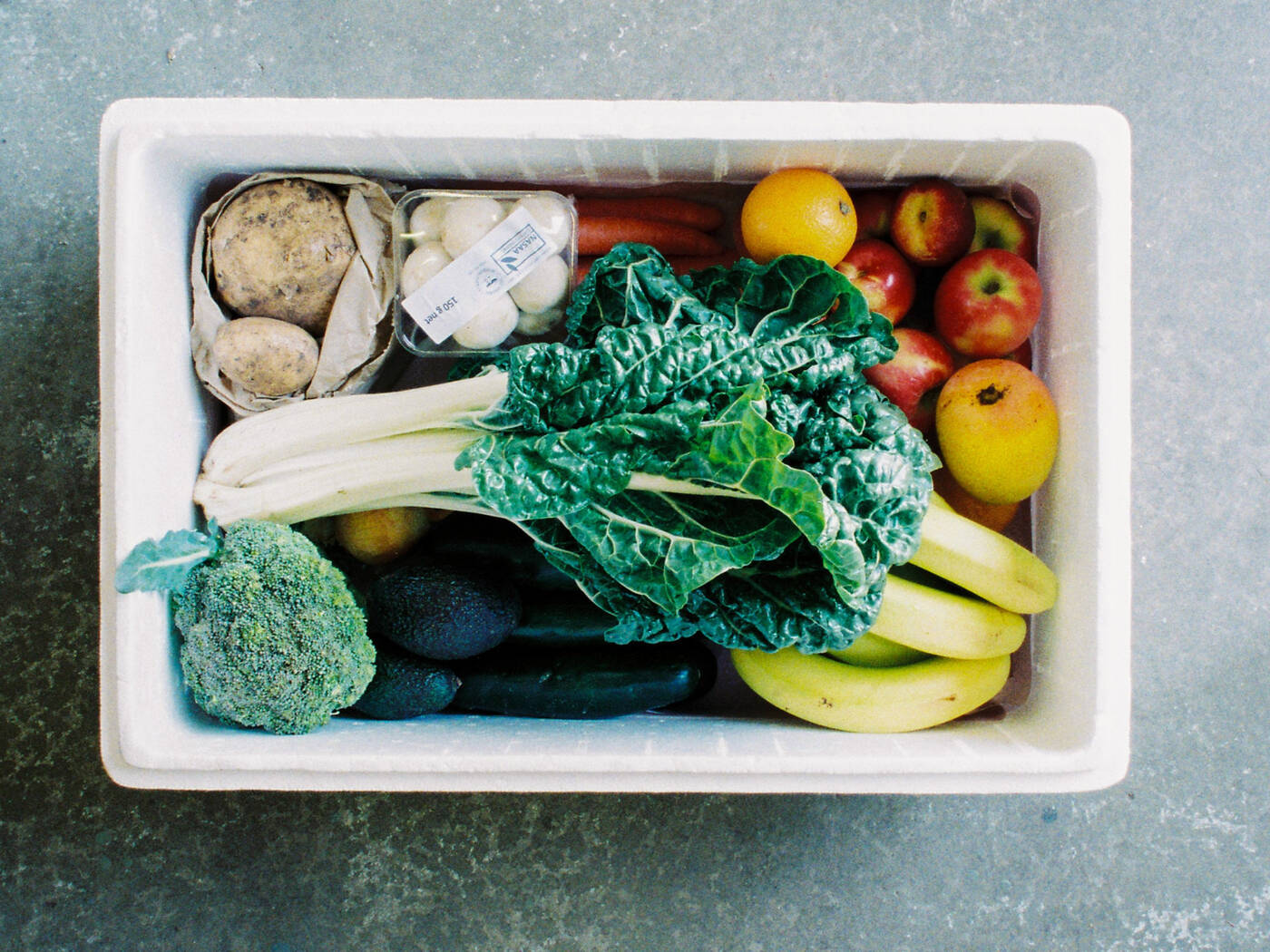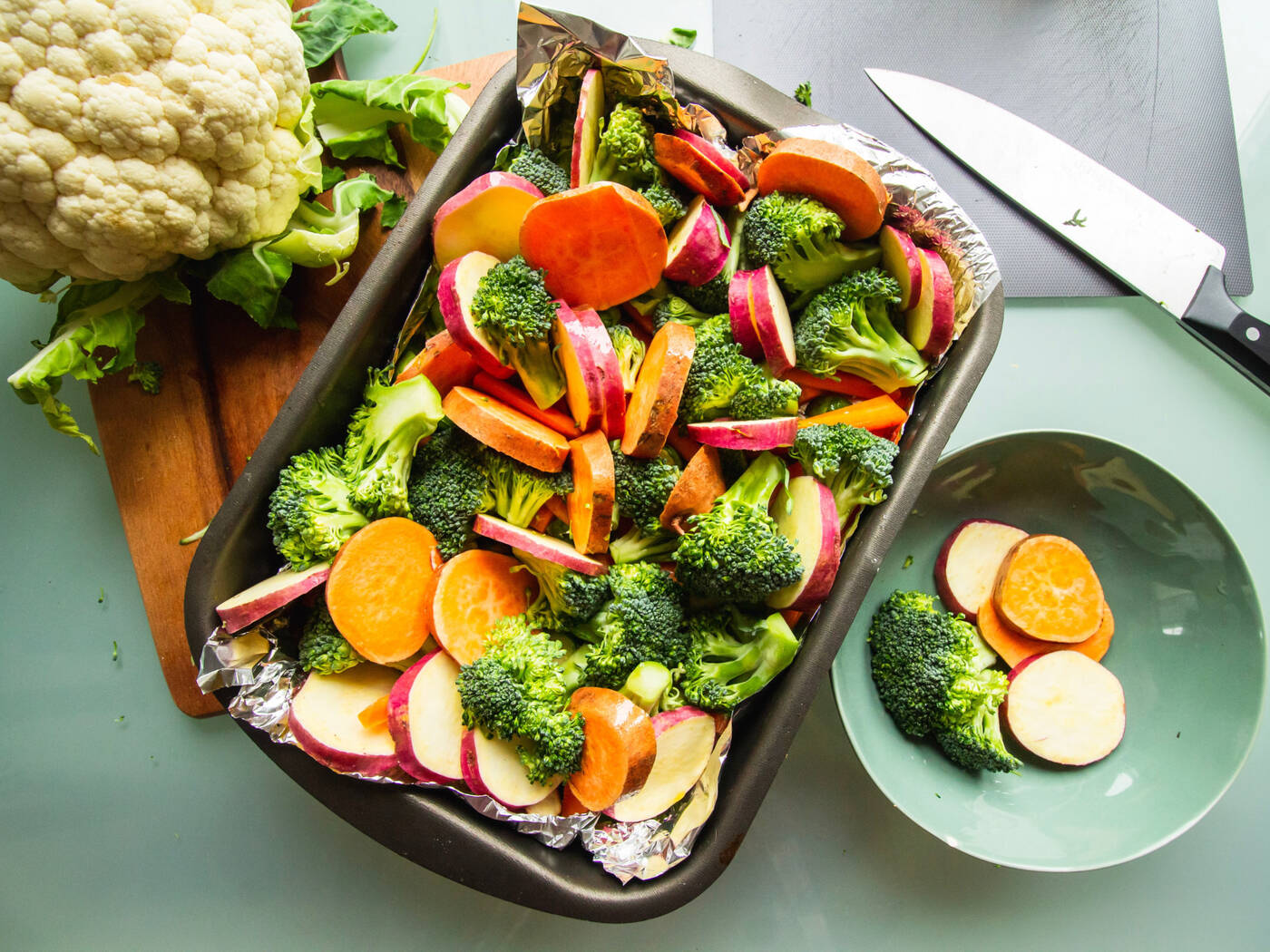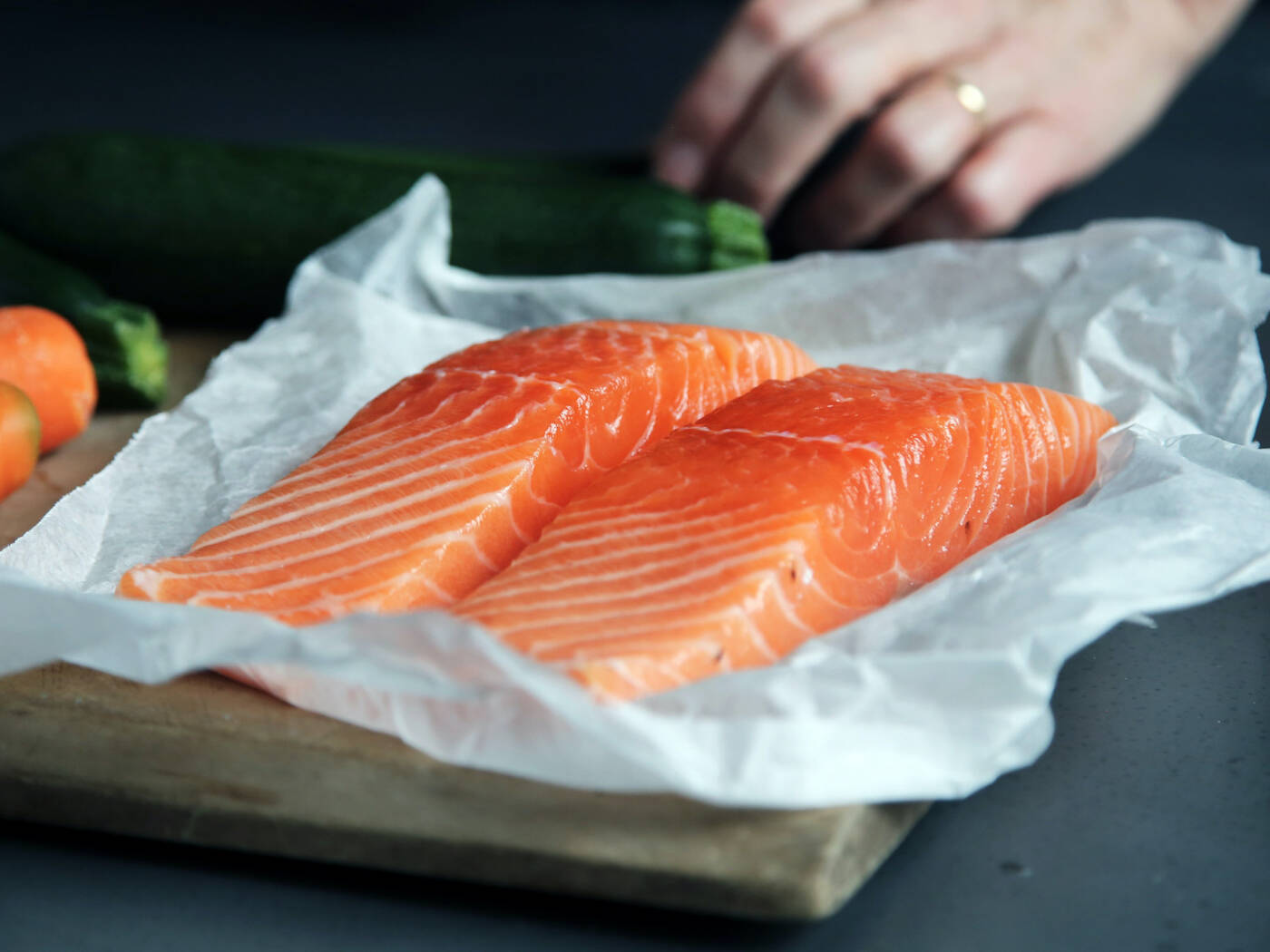
Education 12 June 2020
Men's Health: More than Meat
Written by Breann Lujan-Halcon
Recognized every June, Men’s Health Month brings awareness to preventative screenings and encourages men to take control of their health.
The month of June brings a lot to celebrate – nice weather, no school, barbecues, picnics and Men’s Health. In honor of all of the men in our lives, Ivinson’s experts are addressing men’s health concerns all month long.
Ivinson’s Lead Clinical Dietitian, Jenna Chalcraft, spends her days making meal plans with patients and helping them add healthy alternatives to their diet.
We asked her for the biggest difference she sees between the diets of men and women. The answer? Meat – a lot of it.
“Men’s diets are usually very high in protein, and there is more of an emphasis on protein. Fruits and vegetable tend to take a backseat,” Jenna said.
As you fire up the grill this summer, take a moment to consider your own nutrition.
“Life gets busy. Men with kids are in a time of their life when they are busy with their careers, they are busy with their kids, and so often their health takes a backseat especially nutrition. When you neglect yourself and your own health, you see it manifest in weight gain, as the years go by, that weight is harder to lose. Once it starts adding up, it ties into cancer risk and other health conditions.”
In an effort to eat healthy, we challenge you to go beyond meat, and try these five tips from our lead clinical dietitian to fast-track your journey to better nutrition.

1. Eat your fruit and vegetables
“Fruits and vegetables – no matter what age group, males are not meeting their recommended intake for either of those,” Jenna said. “The easiest thing to do to eat healthier is eat your fruits and vegetables. It sounds old school but it’s still true.”
According to the Center for Disease Control, only one in ten adults are eating enough fruits or vegetables. Men age 18 to over 51 should be getting 2 cups of fruit and 2 ½ – 3 cups of vegetables daily.

2. Go Meatless Monday
In 2018, it was estimated that the average American consumed 10 ounces of meat daily, significantly more than the daily recommendation. That same year, the Meatless Monday campaign was founded. Meatless Monday is a global campaign encouraging people to reduce meat in their diet for their health and the health of the planet.
“When focusing on lean proteins, an easy way to do that is meatless Monday,” Jenna said. “Focus on lean protein by trying to do more legumes. The American Institute on Cancer Research recommends trying to avoid processed meat like bacon, sausage, deli meat and hotdogs completely. They recommend trying to keep to 12 – 18 ounces of red meat per week and try to really focus on a plant based diet. More lentils instead of so much meat.”

3. Eat when you are hungry
“Most people don’t actually eat when they are hungry,” Jenna said. “They tend to rely on the clock to tell them. People also tend to eat when it is convenient or when they have a break.”
To help with breaking this habit, she encourages individuals to monitor their appetite.
“Oftentimes, I provide patients with what’s called the ‘hunger scale’. It is a 7‑point scale used to help people gauge their hunger and fullness.”
On the hunger scale, a ‘1’ would be famished – so hungry you would eat anything, a ‘4’ is neutral, while a ‘7’ would be the equivalent of Thanksgiving-dinner full.
“You want to try and eat around a 2.5 or 3, (when your stomach is growling a bit) and stop eating at moderate fullness (about a ‘5’). When people don’t eat based on hunger, they are often consuming calories they don’t actually need. In time, this can lead to excess calories and weight gain.”

4. Make healthy compromises
Contrary to popular belief, eating healthy does not mean, “eating rabbit food,” or drastically altering your lifestyle. By starting small, you can make meaningful impacts to your health.
“When meal planning, I try to tweak diets slightly, switching from white rice to brown rice. Switching from refined grains to whole grains,” Jenna said. “I try to get people to consume more nuts and avocados. Avocados are great because it is such an easy swap. Instead of mayo do avocado, instead of butter do avocado spread.

5. Watch your plate
According to the CDC, heart disease and cancer account for almost half of the deaths among men of all ages.
“Males are getting heart disease earlier than women, which is why it is very important for them to follow a heart healthy diet. In cancer prevention, diet it absolutely a part of that as well.”
The American Institute on Cancer Research’s New American Plate is a program set out to encourage healthy eating habits while reducing the risks of cancer and other chronic diseases. The four step transition from the traditional dinner plate to the New American plate encourages integrating more plant-based foods into your diet, and cutting back on making meat the main course.
New American Plate recommends that 2⁄3 of your plate be plant-based – made up of fruits, vegetables, whole grains and dried beans. The other third of your plate can be animal-based and made up of lean protein, chicken and fish.
“I always recommend fish. It can be really challenging, but I always recommend replacing some of your proteins with fish a few times a week.”